As we all know, sleeping has its benefits and we know we need it to have a healthy, quality day. Without high-quality sleep, we can develop a number of problems associated with our cognitions and physical well-being, so getting an appropriate amount of sleep is very important.
However, although actually getting to sleep is normally a point of interest, the things that happen during sleep are also well noted. In particular, sleeping positions are regularly investigated and how they have an influence on our sleep quality and overall health.
It is well-known among researchers and normal individuals that people adopt different sleeping positions. Everyone tends to be different but some sleeping positions are more normal than others. A sleeping position can tell us a lot about the individual as well as their personality. Although personality and sleep position are not well researched, there has been some research to suggest so.
Sleep positions are very interesting and finding out what your sleep position means and how it is affecting you can be useful. So, to help you out, we have done some research and found some of the most popular sleep positions that probably exhibit. This article will go through the sleep positions, explaining what they are and what they mean. If you’re still interested, continue to read on.
The Most Common Sleeping Positions
Although there are specifics to sleeping positions, there are three main areas which everyone will fall into. They all have different effects on the body and some are better than others. However, although some may be better than others, it should be noted that you cannot change your sleep position so easily and it normally stays consistent all your life. Although, as we will see later, there are a rare few who change their sleep position every night. Anyway, here are the three most common sleeping positions.
Side Sleeping
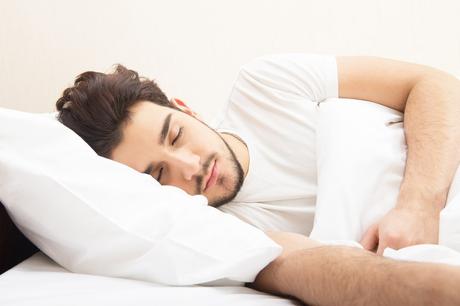
Out of all the different positions, side sleeping is the most commonly reported position that people often adopt. As you will see a little later in this article, there are many different variations of side sleeping that many people will perform and they all have similar effects on the body. Although there are some negative effects (which will be noted in a minute), the side position is often loved when it comes to pregnancy.
Doctors often tell pregnant women to sleep on their left side as this can help with circulation to both the mother’s and baby’s hearts. Sleeping on the back or front when pregnant is dangerous and should be avoided. Side sleeping can also benefit individuals suffering from heartburn and acid reflux.
However, as well as benefits there are some negatives to sleeping on the side. The most notable is the fact that when sleeping on the side, you put unnecessary pressure on your organs, specifically, the stomach and lungs. This can be corrected by switching side but prolonged exposure could lead to problems.
Sleeping on your side can also cut circulation to your arm, leading to pins and needles which we all know is a horrible problem. However, sleeping on your arm can also lead to nerve and muscle damage with the extra pressure and because you’re resting entirely on your shoulder, this joint can also experience problems.
You may be interested in The 8 Best Mattress for Side Sleepers.
Back Sleeping

Back sleeping is also another common sleeping position that is adopted by many people around the world. In fact, from a health standard, this is considered to be the best position to sleep in. This is because sleeping on the back offers great support for both the spine and the back. When you are lying on your back, the spine is straight and doesn’t bend or contort is an uncomfortable way.
Besides, the neck is supported and kept in a semi-neutral position. In an ideal world, everyone would sleep on their backs without any pillows as this offers the neck the best support.
It is important to not use too many pillows, however, as this can cause breathing problems which are commonly related to this position. On a final note, sleeping on your back can be beneficial for your cosmetics as the exposure to air throughout the night prevents blemishes and wrinkles.
However, although there are a lot of benefits to sleeping on the back, there are many problems associated with breathing. This is the most common position associated with snoring and sleep apnea, and side sleeping is sometimes suggested to chronic snorers.
This is because, when in the back position, the tongue can fold back and block the air passage, creating the classic snoring sound. Also, sleeping on your back and aligning the spine doesn’t always lead to quality sleep. Studies have found that back sleepers have worse nights of sleep than side and stomach sleepers.
Stomach Sleeping

This is the category I fall into. Stomach sleepers make up the least amount of people when it comes to common sleep positions and it happens to be the worse sleeping position (lucky me). There honestly isn’t a lot of good things about stomach sleepers and the only real benefit is that they don’t tend to snore because no passages are blocked. However, that is it when it comes to benefits.
As for negatives though, there are plenty. The reason this position is not great is that the position flattens the natural curve of the spine which can result in lower back problems in later life. Besides, the neck is constantly turned to the side which can result in aches and pains. Stomach sleepers are told to gradually try and turn their body’s to the side into a side position or to stick a pillow under the hips to balance out the spine. Although this position won’t kill you, you should try and change it when you can.
Specific Sleep Positions
So above are the most common sleeping positions worldwide. However, there are also subcategories of each sleep position as not everyone has the same pattern. Some consistencies have been found though through research and they have been listed below. Also, the personalities of each position will be described and, although they may not be scientific, they’re still a point of interest.
Fetal Position
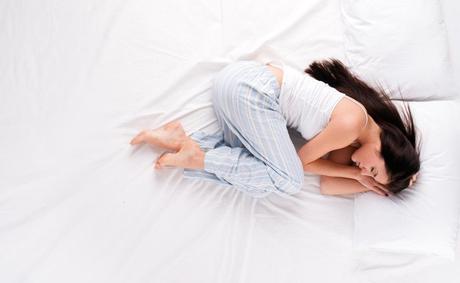
This is side sleeping position that is demonstrated when the knees are tucked up against the chest. In a survey, it was reported that this position was adopted by nearly 41% of side sleepers, with the majority being female. These individuals are said to be shy and introverted when you first meet them but when you get to know them, they become more relaxed and comfortable.
Stargazer

The stargazer is a back position which involves the individual wrapping their arms around the back of their head (like their gazing up at the sky). This position is not very popular but for the people who do sleep like this, they tend to put their friends first and are very optimistic.
Starfish
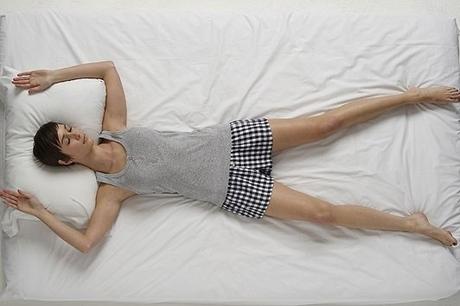
This position sounds exactly as it sounds. This is the position for stomach sleeping people who like to cover the whole bed with their arms and legs, sleeping in complete comfort. For this position, individuals tend to offer help where needed and don’t always like being the center of attention.
Yearner

This is a side sleeping position where the individuals will leave their arms stretched out in front of them. This one is quite common and is very complicated when it comes to personality. People who exhibit this position tend to be open-minded by cynical and slow at decision making but stubborn when it comes to changing their mind.
Pillow Hugger
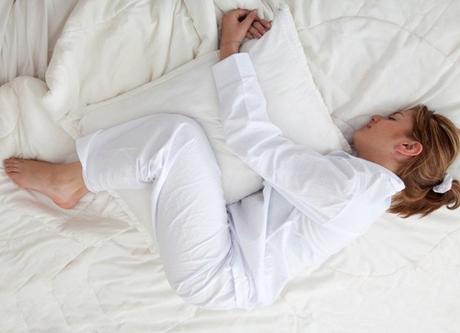
This one is self-explanatory. A pillow hugger is someone who enjoys giving their pillow a wonderful hug while they’re sleeping and it can either be from their front or the side. Individuals who hug their pillows have similar personalities to stargazers – they tend to put their family and friends first.
The Log
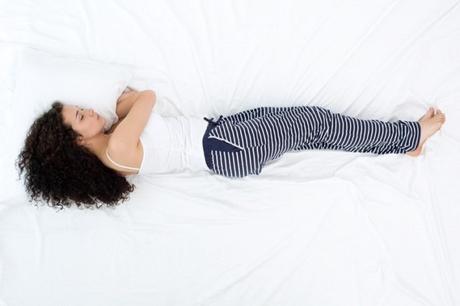
The log is a popular side sleeping position that resembles…well, a log. Over 15% of side sleepers say they sleep this way. This position involves the individual lying on their side with their hands resting on the side of their body. With this sleep position, the individual tends to be extremely extroverted, much like a social butterfly. Everybody likes them and they have massive friend groups.
The Soldier
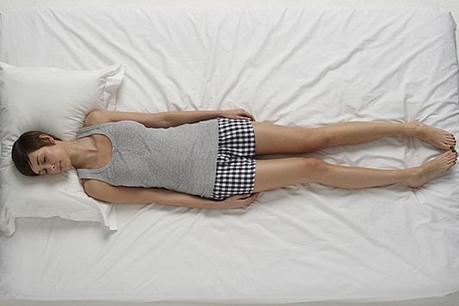
The soldier is a back sleeping position that is very straight and similar to the log with the exception that it isn’t from the side. Individuals who sleep in this position sleep as if they are in a strict soldier formation with their hands by their sides. People who sleep like this tend to be shier, quiet and keep to themselves.
Freefall

This is a stomach sleeping position that might seem uncomfortable for normal individuals. This is where the individual will sleep on their stomach and then wrap their arms around the pillow in front whilst having their head turned to the side. People who sleep like this are very social and outgoing but cannot take criticism or insults very well.
Want to know more? Read a full review of Sleeping Positions – Personality Traits & Effects on Health.
Conclusion
Sleeping positions are very important and they can tell you a lot about a person. Also, on a more practical side, sleep positions allow us to identify problems physically in the body. This is true when the individuals are having back pain or neck pain, as stomach sleepers put more train on these particular bones and joints.
As we have said before, sleep positions don’t tend to change over time and remain consistent, just like personality (according to some theories). So, when it comes to changing your sleep position, it can be very difficult. However, if you want to improve your positioning, we suggest you try sleeping on your back.

